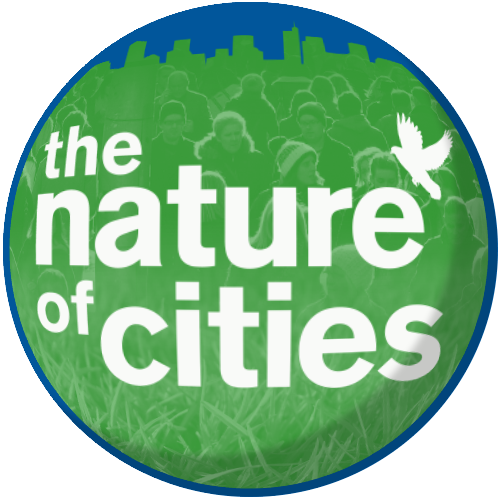29 April 2021
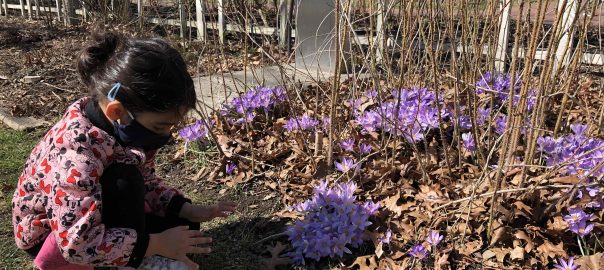
This essay is part four in a series. Since 13 March 2020, our team of social science researchers has been keeping a collective journal of our experiences of our New York City neighborhoods, public green spaces, and environmental stewardship during COVID-19. Read the essays from spring, summer, and fall here....
18 Comment(s)Join our Conversation
21 April 2021
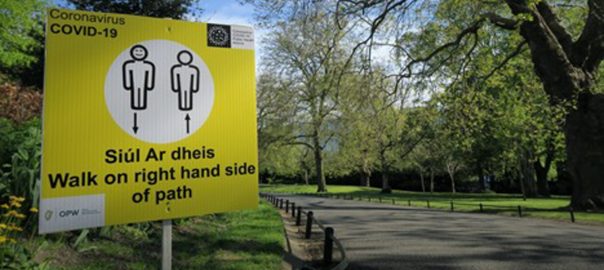
The COVID-19 pandemic has established a moment of immense global loss. In the midst of this public health crisis, our concerns for our families and communities necessarily take priority. Yet, addressing these concerns demands a look towards the future: to the reevaluation of global systems that may produce or obstruct...
1 Comment(s)Join our Conversation
9 April 2021
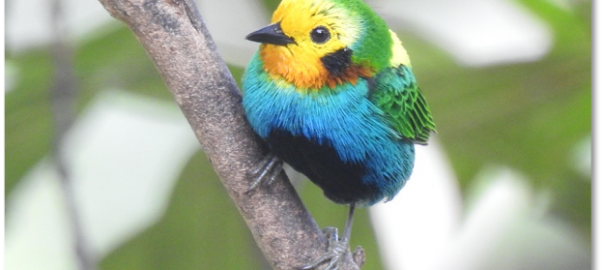
The city of Cali in southwestern Colombia boasts a staggering number of 562 species of birds, and it probably has the longest bird list for any city in the world. But can we find out for sure? Birds are the link between the urban and the wild. A bird-friendly city can harbor...
5 Comment(s)Join our Conversation
5 April 2021
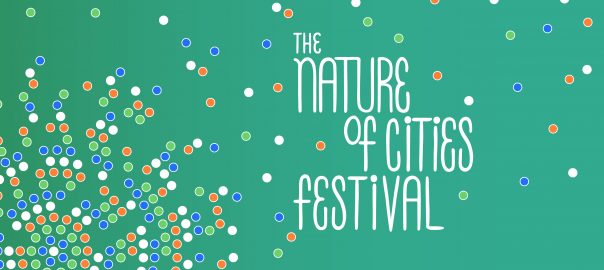
TNOC Festival pushed boundaries to radically imagine our cities for the future. A virtual festival that covered 5 days with programming across all regional time zones and provided in multiple languages: 22-26 February 2021, 2200 participants from 72 countries. Outputs and new emerging projects will appear in this space soon....
0 Comment(s)Join our Conversation
24 March 2021
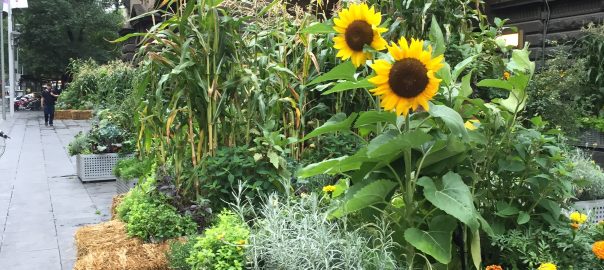
The COVID-19 pandemic revealed how important urban nature is for our physical and mental health. As urban strategists embark on ideas and think of pathways for recovery and “building back better” our societies and especially cities, it is paramount that the green recovery include nature in the mix of options...
0 Comment(s)Join our Conversation
20 March 2021
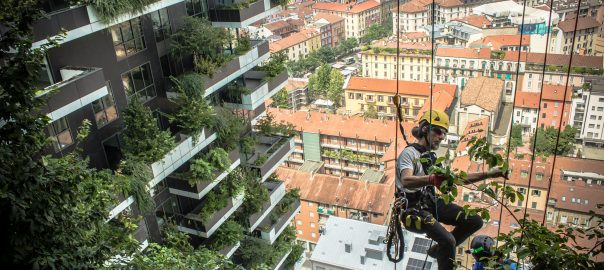
Most of the inhabitable regions of the Earth were originally covered by forests, grasslands, and wetlands. These carbon-grabbing, biodiverse, spongy landscapes have been largely replaced by agriculture and urban development, which is drier, belches carbon, is erosive of soils, and which has lost most of its wildlife. Indeed, biodiversity declines...
2 Comment(s)Join our Conversation
12 March 2021

“Science is meaningless because it gives no answer to our question, the only question important for us: ‘What shall we do and how shall we live?’ ” — Leo Tolstoy We know that our cities need to look and function differently. There is a wealth of scientific evidence showing that urbanisation...
1 Comment(s)Join our Conversation
7 March 2021
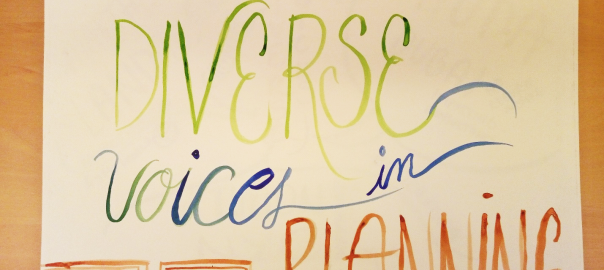
This contribution is the result of a thought-collecting Seed Session during the TNOC Summit in Paris, held on June 5, 2019. Pitches, group breakouts, and a facilitated discussion addressed the question: Including diverse voices in adaptation planning, how do we make it happen? Two illustrators, Frida Larios and Marion Lacourt,...
1 Comment(s)Join our Conversation
2 March 2021

Edible urban gardens have gained increasing popularity in the Global North within the narrative of nature-based solutions for cities and as parts of urban green infrastructure, which reintroduce greenspaces and associated functions into built environments, with the aspiration of leading to a socially and ecologically more sustainable city. Amid the...
0 Comment(s)Join our Conversation
31 January 2021
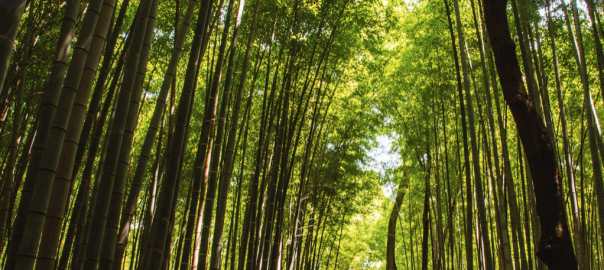
Episode 4: Oasis “Happy Hour at the Green Man” by Kate Wing, read by Lucy Symons A small bar in the middle of the city has a portal to an ancient ghost forest. “Where Grass Grows Greener” by Jenni Juvonen, read by Nora Achrati The narrator explores a forest and meets a...
1 Comment(s)Join our Conversation
31 January 2021
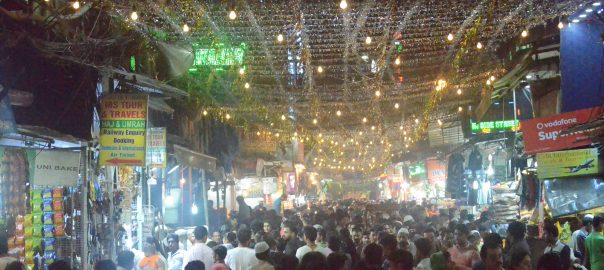
This essay advocates for a unique “Youth Empowerment Based Green Recovery Programme” to be developed and adapted by governments to enhance long-term societal resilience. As we have collectively moved towards unlocking the lockdowns and quarantines that had been in effect since March 2020, the world’s attention has been gripped in...
0 Comment(s)Join our Conversation
23 January 2021

Today’s post celebrates some of the highlights from TNOC writing in 2020. These contributions—originating around the world—were one or more of widely read, offering novel points of view, and/or somehow disruptive in a useful way. All 1000+ TNOC essays and roundtables are worthwhile reads, of course, but what follows will give you a...
0 Comment(s)Join our Conversation
18 January 2021
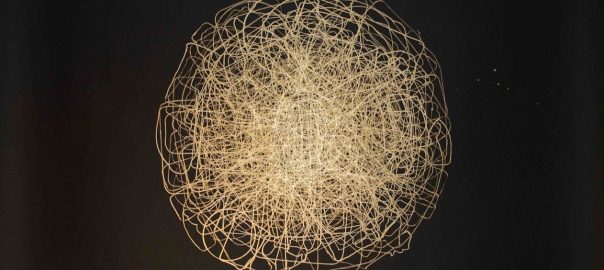
Explore with us diverse and connecting threads in urban ecological arts. In the LEAF, three FRIEC Urban Arts Collective members share something from their ideas and work for 10 minutes each, followed by Q&A. Theme: Stories that have not been told. Presenters: Bibi Calderaro, New York Nicolás Dumit Estévez Raful...
1 Comment(s)Join our Conversation
13 January 2021
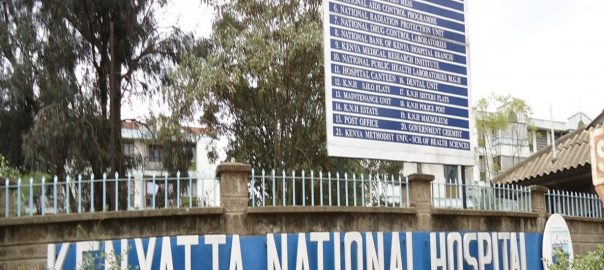
As the COVID-19 pandemic accelerates and the prevalence escalates, global health care systems become overwhelmed with patients who are either confirmed or suspected to be suffering from the disease (Chen et al., 2020). Frontline health care workers (HCWs) are required to work for long and irregular hours, with heavy workloads...
0 Comment(s)Join our Conversation
8 January 2021
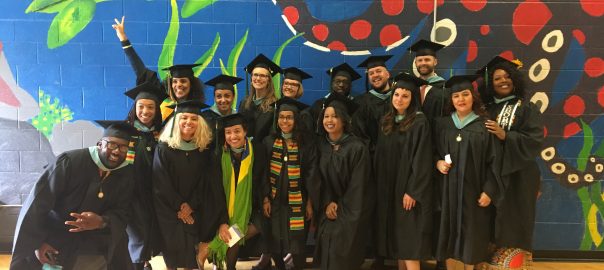
Our graduate students are figuring out how to best “immerse” themselves in city spaces while staying safe during the pandemic. Students find creative ways to both learn and practice while masked and distanced from community members. A positive outcome of being online is the ability to invite environmental activists and...
1 Comment(s)Join our Conversation
3 January 2021
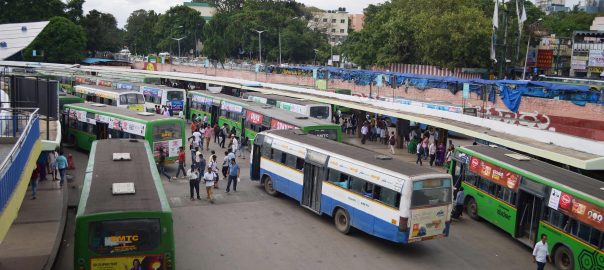
Two incidents stand out particularly from my memories as a young child. In the first one, I was perhaps 5 or 6 years old—at that age when we ran out of the housing colony and into the streets to play a game of hopscotch or whatever else took our fancy....
4 Comment(s)Join our Conversation
22 December 2020
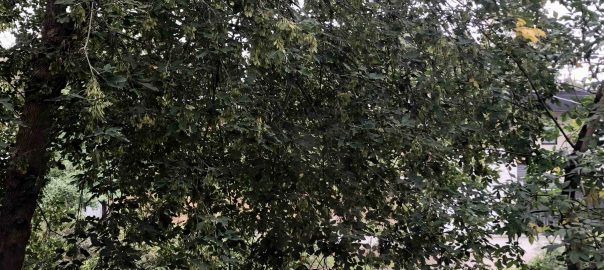
Writing this during National Forest Week here in Canada, I’m reflecting (as I frequently do) on the urban forest. As a scientist, I often find myself collapsing the beautiful, multidimensional, urban forest into a few general measurements: stand density, canopy cover, biomass, etc. But as an urban resident, I cherish...
3 Comment(s)Join our Conversation
20 December 2020
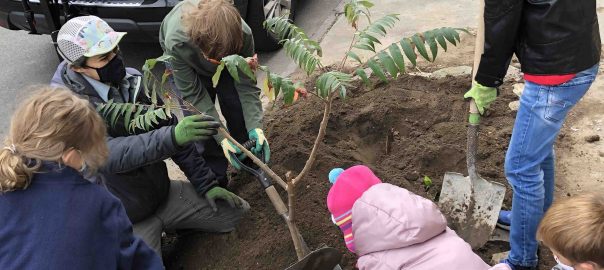
This essay is part three in a series. Since 13 March 2020, our team of social science researchers has been keeping a collective journal of our experiences of our New York City neighborhoods and public spaces during COVID-19. Read the essays from spring and summer here. 1. Winter is coming:...
1 Comment(s)Join our Conversation
14 December 2020
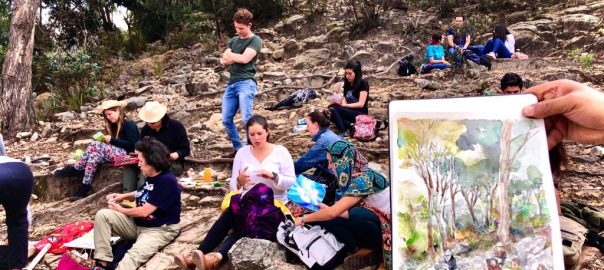
En español. Citizenship is derived from city, and floristry from forest or jungle. Forest and human being live a socio-ecological pact in which the forest becomes a new citizen respected in its integrity, stability, and extraordinary beauty. Both benefits, as the utilitarian logic of exploitation is abandoned and the logic...
3 Comment(s)Join our Conversation
9 December 2020
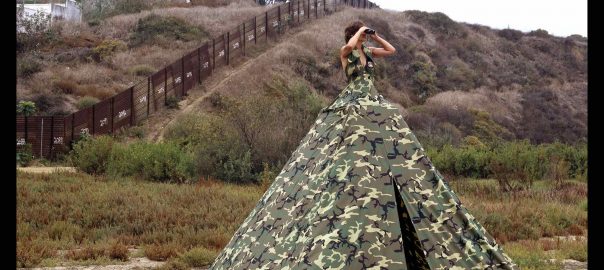
Want to explore diverse and connecting threads in urban ecological arts? In the LEAF, three FRIEC Urban Arts Collective members share something from their ideas and work for 10 minutes each, followed by Q&A. Presenters: Tim Collins, Glasgow Robin Lasser, Oakland Wendy Wischer, Salt Lake City Wednesday 16 December, 9amPST / 12pmEST /...
2 Comment(s)Join our Conversation

